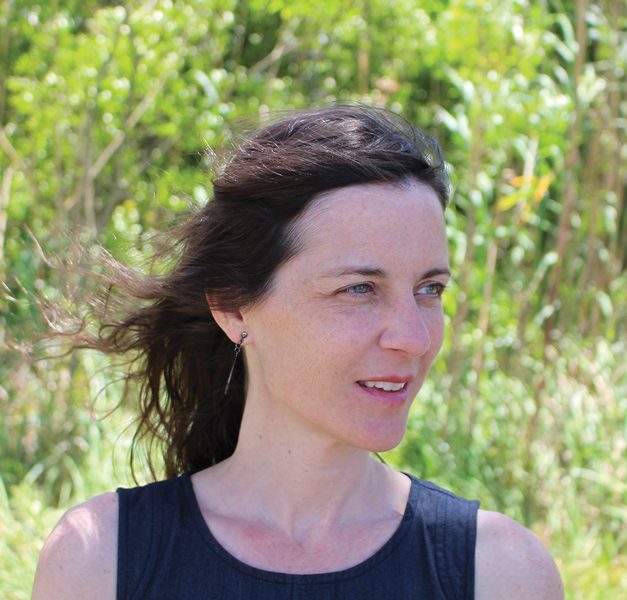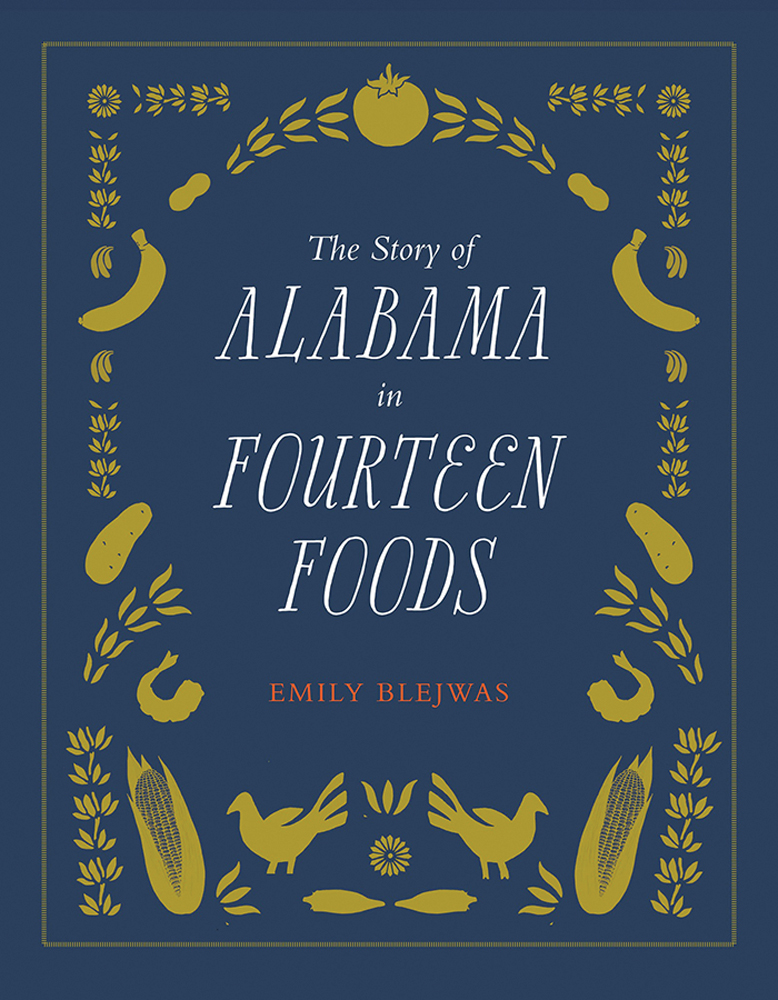Book looks at how Alabama’s food traditions shape our culture
By Jennifer Kornegay
Alabama is known for its geographic variety and biodiversity, and these differing landscapes and the life they hold (along with other factors) have created a vast cultural diversity too.

In the new book The Story of Alabama in Fourteen Foods, author Emily Blejwas uses 14 foods, dishes and beverages as a lens to examine what this mixture means and why it’s important. The book explores and celebrates the assortment of places and personalities that prove with their distinct food traditions and foodways that our state is not one single flavor but a delicious multi-layered stew. We are not all fried chicken and sweet tea.
In fact, Blejwas admits that Alabama’s full identity can’t truly be encompassed in the 14 foods (including the two above) that she highlights. But she had to start somewhere, so we asked her to share why she wrote the book, how she decided on her list of dishes and to elaborate on how serving up stories centered on food is such a palatable and powerful way to tell much broader tales.
When did you first get interested in exploring food culture?
It really goes back to me getting my master’s in rural sociology at Auburn in 2005 and 2006. I did my thesis on the Black Belt region. It got me thinking about how to boost economic development in those areas. I was looking at heritage and cultural tourism and was focused on civil rights at first and thought about a book.
When I began talking to the people at The University of Alabama Press (the book’s publisher), it was clear that so much had been done on that topic, and they mentioned food. So, I started thinking about food as a way to stimulate economic growth. The idea for this book grew out of those discussions. I really wanted to use food as a gateway to explore other parts of our history and our state’s story.
Why use food to explore Alabama’s history?
Food is so relatable, no matter where you are from. As Southerners, we put a lot of emphasis on food, but you don’t have to be Southern to understand huge role of food in our daily lives. It is so ingrained in our personal cultures, in our own family traditions. I haven’t met anyone yet who doesn’t have some real connection to food above and beyond eating it to live.
And it evolves alongside our history. Food is also unifier; we’ve gathered around food throughout history. We gather around food still today.

Roasting and eating corn at the Poarch Creek Thanksgiving Pow Wow.
Photos by Emily Blejwas
How hard was it to choose only 14 foods?
I knew in the beginning I wasn’t interested in restaurant food, but I started with a long list. I probably had almost 50 items to begin with, and it was difficult to narrow it down. I do have some regrets. I wish I had included Golden Flake chips so I could have talked about football. I wish I had included oysters. But I narrowed it down by choosing foods with the strongest Alabama connection and story.
I felt like catfish had a stronger tie to Mississippi. I felt like the connection to peaches was stronger in Georgia, even though both of those foods are important here. I also tried to spread things out around the state. I didn’t want any one region to dominate the book. I also really wanted the foods to showcase Alabama’s diversity. We are such a broad state. Many people who don’t really know Alabama think mostly of cotton, the Civil War and civil rights, but there’s so much more here too, so many distinct regions and heritages: the Gulf coast, the Wiregrass, the Black Belt, northwest and northeast Alabama.

What was your favorite discovery as you worked on the book?
I went turkey hunting a few times for the book. I was so struck by all of the hunters’ vast knowledge of nature; they knew so much about everything outside and are real naturalists and conservationists. I don’t think I would have known that if had not gone hunting with them, so the experience helped me discover the strong connection between hunting and conservation.
Were there any major surprises that you uncovered during your research?
There were lots of little surprises along the way, but one that stands out is in Alabama’s Native American history. I interviewed some of the Poarch Creek cultural educators and learned that for a long time, many people didn’t think there were any Native Americans left in the state, so it was a real struggle for those who were left to learn their own culture and their food culture. That connection had been broken. They relearned much of it from Creeks who’d been relocated to Oklahoma.

What is your personal favorite out of the dishes and foods in your book?
I would have to say, out of the 14, boiled peanuts. I interviewed a farmer in Macon County for that chapter. He gave me some that had come straight from the kettle and been soaking with jalapeños. I have a really nice memory of stopping for a Coke and eating them on the way home.
And he is also a great example of how open everyone I talked to was; they were all so willing and even eager to share their time and lives with me so easily. A talk about food and food traditions can get pretty personal pretty quickly, and everyone I reached out to and met with was so happy to go there with me.ν
For more information, visit uapress.ua.edu





